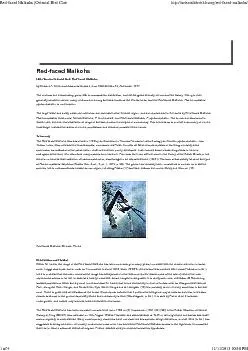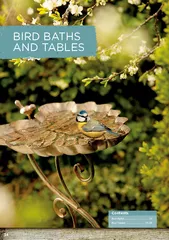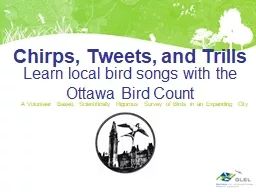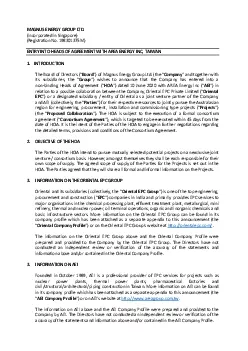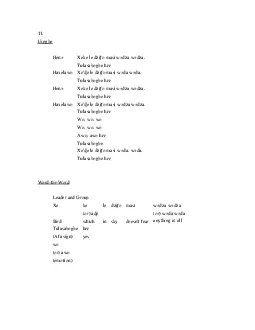PDF-Red-faced MalkohaLittle-known Oriental bird: Red-faced Malkohaby Richa
Author : jane-oiler | Published Date : 2015-10-06
Redfaced Malkoha xA900 Lester PereraDistribution and HabitatWithin Sri Lanka the range of the Redfaced Malkoha has been contracting for many years in parallel with
Presentation Embed Code
Download Presentation
Download Presentation The PPT/PDF document "Red-faced MalkohaLittle-known Oriental b..." is the property of its rightful owner. Permission is granted to download and print the materials on this website for personal, non-commercial use only, and to display it on your personal computer provided you do not modify the materials and that you retain all copyright notices contained in the materials. By downloading content from our website, you accept the terms of this agreement.
Red-faced MalkohaLittle-known Oriental bird: Red-faced Malkohaby Richa: Transcript
Download Rules Of Document
"Red-faced MalkohaLittle-known Oriental bird: Red-faced Malkohaby Richa"The content belongs to its owner. You may download and print it for personal use, without modification, and keep all copyright notices. By downloading, you agree to these terms.
Related Documents

